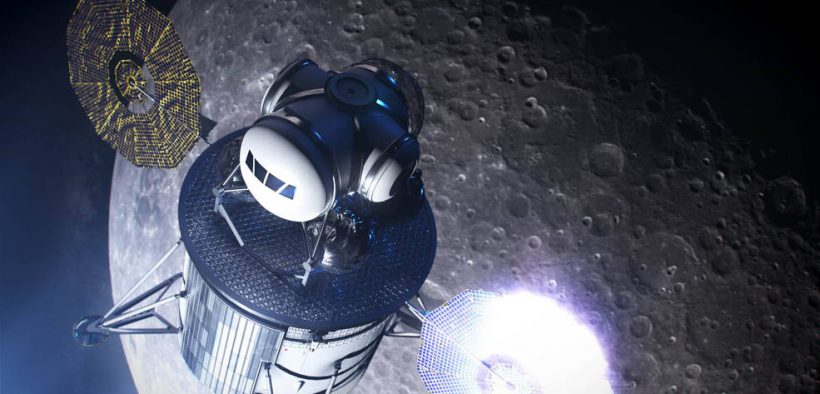NASA’s Return to the Moon With Artemis, 50 Years After Apollo

Saturday, July 20, was the 50th anniversary of the Apollo 11 lunar landing. The anniversary brought renewed interest in NASA’s new Artemis program to once again take astronauts back to the lunar surface.
NASA’s new Artemis space program is designed so that astronauts can establish an ongoing presence on the moon. NASA gave itself a deadline to once again land humans on the moon by 2024. NASA intends that at least one of those astronauts who land on the moon will be a woman.
What is Artemis?
The Artemis program is much more extensive than Apollo was. It includes a station or lunar outpost that will orbit the moon (called the Lunar Orbital Platform-Gateway). From there, astronauts would make quick trips to the lunar surface.
Every lunar program needs a gigantic rocket, and NASA is answering the mail by developing the Space Launch System (SLS) capable of carrying four astronauts and the deep space capsule known as Orion that would dock with the orbiting station. Crews would stay in space up to 90 days. By 2028, NASA hopes to have a sustainable human presence on the moon.
While Apollo was a purely government-run program, private companies would play a role in Artemis. In fact, NASA has already awarded nearly $50 million to 11 companies, including Jeff Bezos’ Blue Origin and Elon Musk’s SpaceX. Both companies are developing landers to take astronauts to the lunar surface. The remaining nine companies are developing unmanned robotic spacecraft to collect data and lunar research like mining of water to make rocket fuel.
In total, NASA just awarded over $100 million to small businesses to develop new innovations in human exploration and operations, space technology, science and aeronautics.
What is Artemis’ cost?
NASA has the first three Artemis missions planned: Artemis 1 as a manned lunar test flight, Artemis 2 will send a human crew to the station and Artemis 3 will send a human crew to the lunar surface.
Although the 2024 due date is only five short years away, NASA’s plans remain up in the air, and when plans are not final, costs are not final. Apollo’s final price tag was around $25 billion, which is nearly $140 billion in today’s dollars. This amounts to a breakdown of around $23 billion for each Apollo landing. President Trump has already allocated $21 billion and recently asked Congress for nearly $2 billion more.
NASA’s Artemis program is named for the Greek goddess of the moon. She is also Apollo’s twin sister.













